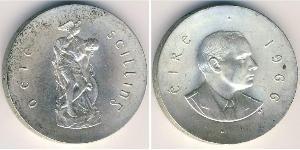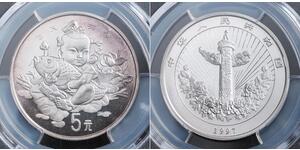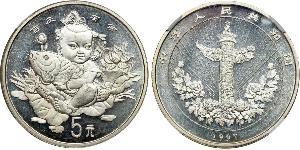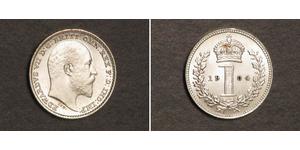4 Shilling Hamburg Silver Francis I, Holy Roman Emperor (1708-1765)
1762, Hamburg (Free City), Francis I Stephen. Silver 4 Schilling Coin
Mint Years: 1762
Reference: KM-408.
Denomination: 4 Schilling
Diameter: 24mm
Weight: 3.02gm
Material: Silver
In 1189 by Frederick I “Barbarossa” granted Hamburg the status f an Imperial Free City and tax-free access up the Lower Elbe into the North Sea. In 1265, a putative forged letter was presented to or by the Rath of Hamburg. This charter, along with Hamburg’s proximity to the main trade routes of the North Sea and Baltic Sea, quickly made it a major port in Northern Europe. Its trade alliance with Lübeck in 1241 marks the origin and core of the powerful Hanseatic League of trading cities. On November 8, 1266 a contract between Henry III and Hamburg’s traders allowed them to establish a hanse in London. This was the first time in history the word hanse was mentioned for the trading guild Hanseatic League. The first description of civil, criminal and procedural law for a city in Germany in German language, the Ordeelbook (Ordeel: sentence) was written by the solicitor of the senate Jordan von Boitzenburg in 1270. On August 10, 1410 civil commotion caused a compromise (German:Rezeß, literally meaning: withdrawal). It is the considered as the first constitution of Hamburg.
Francis I (Francis Stephen; French: François Étienne; German: Franz Stefan; Italian: Francesco Stefano; 8 December 1708 – 18 August 1765) was Holy Roman Emperor, Archduke of Austria, Duke of Lorraine and Bar, and Grand Duke of Tuscany. He became the ruler of the Holy Roman Empire, Austria, and Tuscany through his marriage to Maria Theresa, daughter of Emperor Charles VI. Francis was the last non-Habsburg monarch of the Empire. The couple were the founders of the Habsburg-Lorraine dynasty, and their marriage produced sixteen children.
Francis was the oldest surviving son of Leopold, Duke of Lorraine, and the French princess Élisabeth Charlotte d’Orléans. Duke Leopold died in 1729, and was succeeded by his son. In 1736, Francis married Maria Theresa. In 1738, he left the Duchy of Lorraine and Bar for the deposed Polish king Stanisław Leszczyński in exchange for the Grand Duchy of Tuscany, as one of the terms ending the War of the Polish Succession. Following the death of his father-in-law, Charles VI, in 1740, Francis and his wife became the rulers of the Habsburg domains. Maria Theresa gave her husband responsibility for the empire’s financial affairs, which he handled well. Francis died in 1765 and was succeeded by his son, Joseph II, who co-ruled Austria alongside Maria Theresa.
(3205 X 1535 pixels, file size: ~958K)
Posted by: anonymous 2023-11-28
Untitled Document 1762, Hamburg (Free City), Francis I Stephen. Silver 4 Schilling Coin. VF Condition: VF Mint Years: 1762 Reference: KM-408. Denomination: 4 Schilling Diameter: 24mm Weight: 3.02gm Material: Silver In 1189 by Frederick I "Barbarossa" granted Hamb ...
5 Yuan China Silver
group has 2 coins
⇑
1 Penny United Kingdom Silver Edward VII (1841-1910)
group has 5 coins / 5 prices
⇑


















